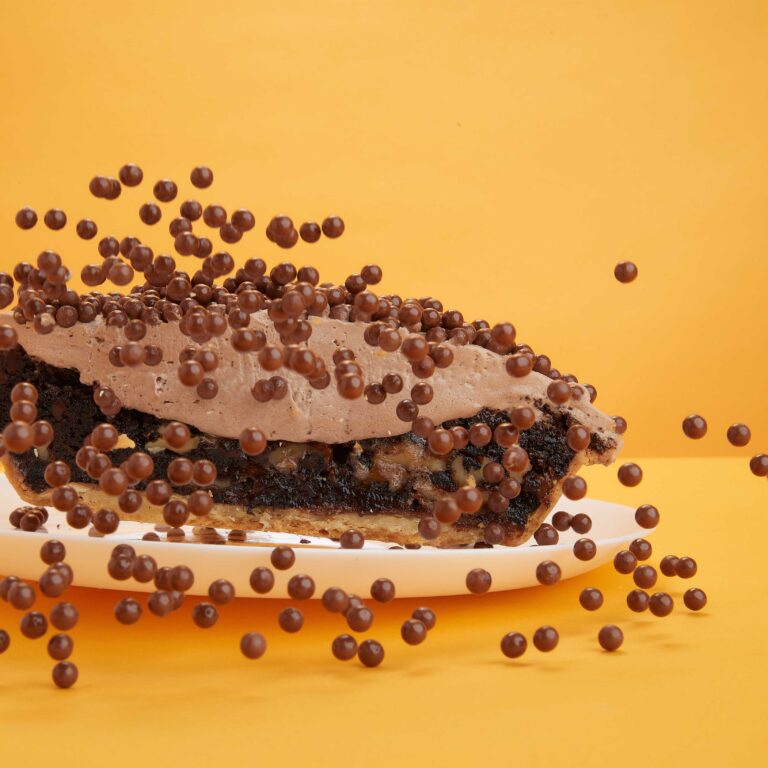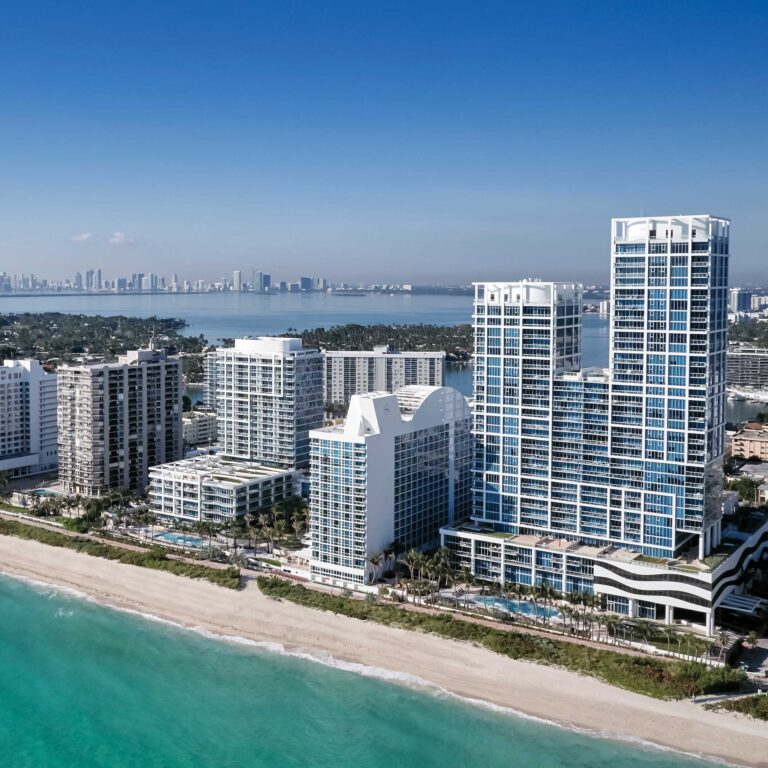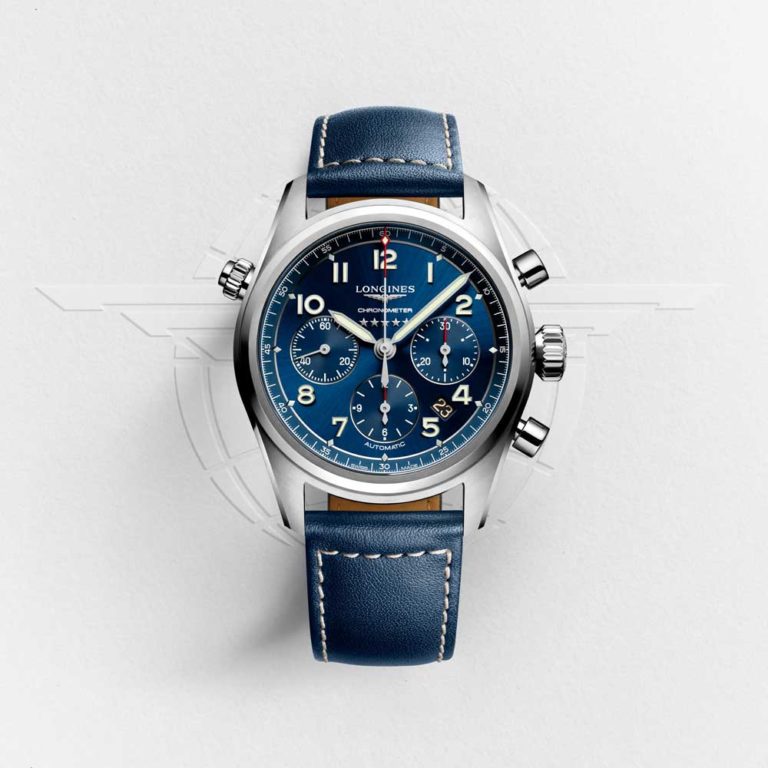We’re ready to smile now.
June 11, 2020 | by hi-gloss
Sad piano chords, somber shots of empty streets and close-ups of people longingly staring out their windows. Just a few weeks ago, these formulaic coronavirus-themed ads were so prevalent that they were parodied in a YouTube compilation video titled “Every COVID-19 Commercial is Exactly the Same.”
While the ads were meant to show solidarity with those sacrificing and suffering, advertisers are starting to lighten up. As the United States begins to lift shelter-in-place orders and reopen businesses, advertisers are shifting marketing messages to reflect a new mood. Somber and empathetic now gives way to hopeful and lighthearted messaging.
Anheuser-Busch’s Budweiser refreshed its hilariously landmark 1999 “Whassup” commercial by featuring friends “Watching the game, having a Bud,” with a new tagline for the coronavirus era, where reruns of classic contests try to fill the void of no live sports: “Rewatching the game, having a Bud.”
Viewers were getting tired of overly heartfelt ads expressing gratitude for front-line workers “in these uncertain times” or detailing how brands are giving back. Predicting what life will look like after months of self-isolation will be tricky for marketers. Even humorous ads like Budweiser’s “Whassup,” reboot is underlined by a message of staying connected through difficult times: it ends with the Salvation Army hotline number for people who need someone to talk to.
Travel and hospitality brands, for example, are walking the fine line of urging people to pursue getaways after months at home while reassuring them that it will be safe to do so. One way a brand has successfully achieved this is Hilton Worldwide, who has partnered with cleaning brand Lysol and consulted with the Mayo Clinic to create a cleaning and disinfecting standard for its hotels across the world.
In the time of COVID-19, you have to re-think everything when it comes to creative campaigning. We’re in uncharted territory, and we can be brave, but we can’t be complacent. We are tasked with being more creative than ever because the more narrow the constraints, the more creative we need to be. We’re not free to film as we would like, we’re not free to go where we like, and we cannot escape some sort of COVID-19 messaging in our campaigns. It’s like having a tiny budget versus when you’ve got a multimillion-dollar budget. Obviously, you have to be more creative when you have less—and we definitely have less right now.
Minds are turning to the next phase of the lockdown, where restrictions will ease and the world will return (gradually) to some semblance of normalcy. Brands that understand—and stick by—their values are likely to come up on top, whatever lies ahead. The winners of this next phase of coronavirus are the brands who create campaigns that bridge the gap, are designed to work for lockdown, and are still relevant no matter where we find ourselves in three weeks’ time.
The companies that come out of this most successfully are the ones who have held onto their core values and established brand behavior, but flexed it strategically for each phase of this shitshow we find ourselves in, rather than jumping on the bandwagon to get into roundup pieces about key workers. An audience stuck at home is even more ready to scrutinize brands for lack of authenticity than when they have places to be and people to see.
Currently, the biggest creative challenge presented to brands is how can the marketing not be all about coronavirus and still cheer people up and be a source of joy? The brands that take a bit of a risk and say, ‘We’re going to do something a bit more joyful, we’re going to do something outside of our comfort zone,’ will be the brands that will be remembered—especially for doing something brilliant and giving people hope.



